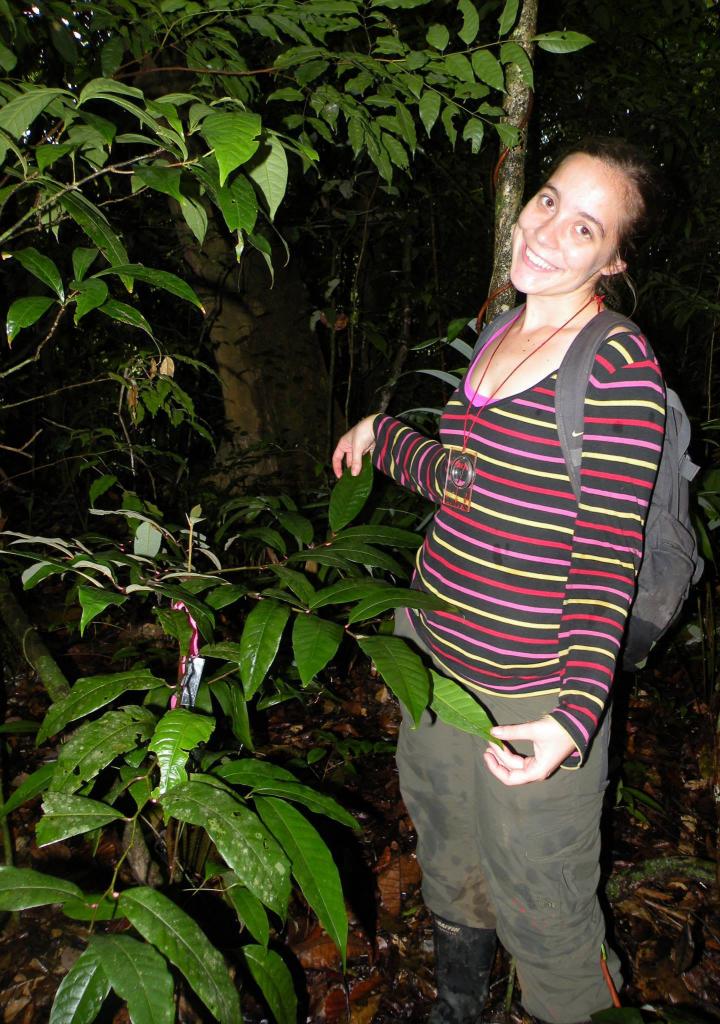Home › Forum topic › Rare Plant Reintroduction › Input Needed – Rare Plant Reintroduction
-
AuthorPosts
-
March 20, 2020 at 7:24 am #448
 Desiree YanesSubscriber
Desiree YanesSubscriber
Hi there!
I’m in the process of developing a reintroduction plan for a highly-selfing state-endangered plant. Because the habitat preferences is not well understood for this species, I’m thinking about conducting experimental reintroductions to understand optimal microsite conditions (potentially along a sunlight or moisture gradient). Currently, I have 200 transplants (derived from wild collected seed from a single source population that was propagated ex-situ). Assuming that I will test performance along a moisture gradient (xeric, intermediate, mesic), I’m trying to balance the need for a.) establishing populations with greater than 50 individuals to increase the likelihood of establishment and survival b.) creating enough replication for statistical significance.
I would love your input in terms of whether its more important to maximize the probability of success by planting 65 individuals in three sites across moisture gradients with no replicates OR utilizing basic statistical elements by planting 10 individuals across 3 moisture types with 6 replicates.
FYI – The planting sites are not very distant from each other. It is conceivable that pollinators can travel such distances though this is species is an efficient selfer.
I very much appreciate any insight. Hope everyone is staying safe out there.
March 20, 2020 at 7:59 am #300 Mark BrownleeSubscriber
Mark BrownleeSubscriber
Desiree, we use the Taguchi L9 experimentation model to simultaneously test 4 different site factors at 3 different levels to create statistically meaningful data for species performance. The L9 model produces 9 different experiment types. In your case, with 200 transplants, I’d recommend running two sets of the nine experiments with 10 plants each, assuming you have the space. You could even run 4 sets with 5 plants each for even better data results.
There are online resources that explain the Taguchi L9. Princeton University staff built for us an EXCEL-based L9 model with instructions if you want to use it.
Call or write if you want to discuss.
855-752-6862
917-769-8373
March 20, 2020 at 8:32 am #301 Katie HeinemanCPC Conservation Officer
Katie HeinemanCPC Conservation Officer
How are you defining/measuring moisture? Is it a continuous variable that you can measure for each plant? If it’s categorical, do multiple moisture habitats exist at each site? If a range of moisture values or an variety of moisture categories exists at each of the three sites, I would recommend planting three 65 individuals at each site to ensure a large enough population for success, but perhaps the individuals could be stratified across the moisture habitats. This would still allow moisture to be analyzed within and across sites through a model that might abstractly look like:
performance ~ moisture + site (where site could either be a fixed or random effect).
-
AuthorPosts
- This topic has 2 replies, 3 voices, and was last updated 5 years, 5 months ago by
 Katie Heineman.
Katie Heineman.
- You must be logged in to reply to this topic.